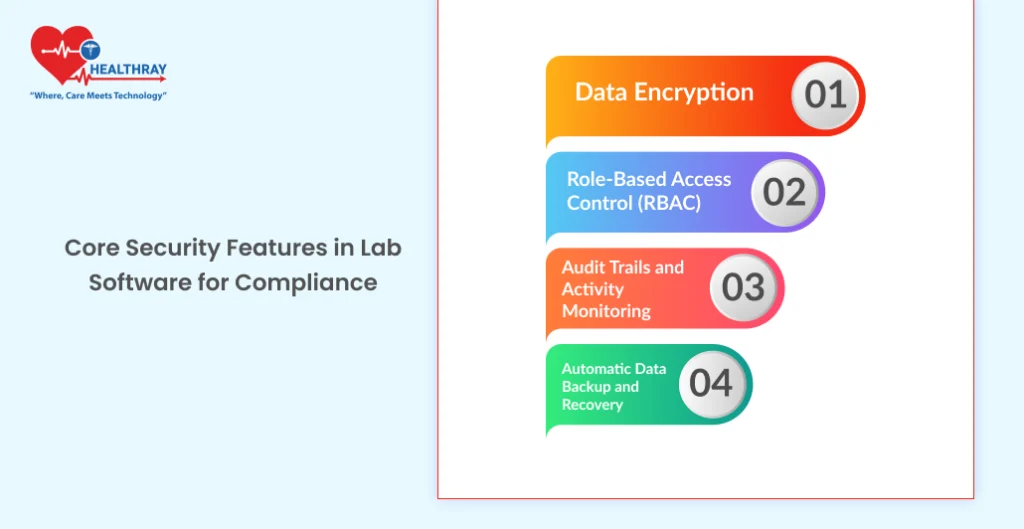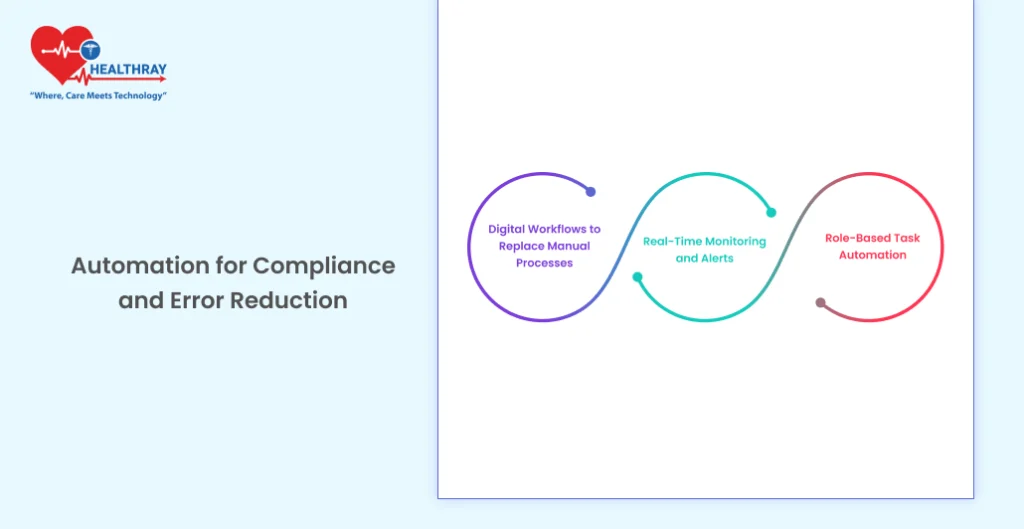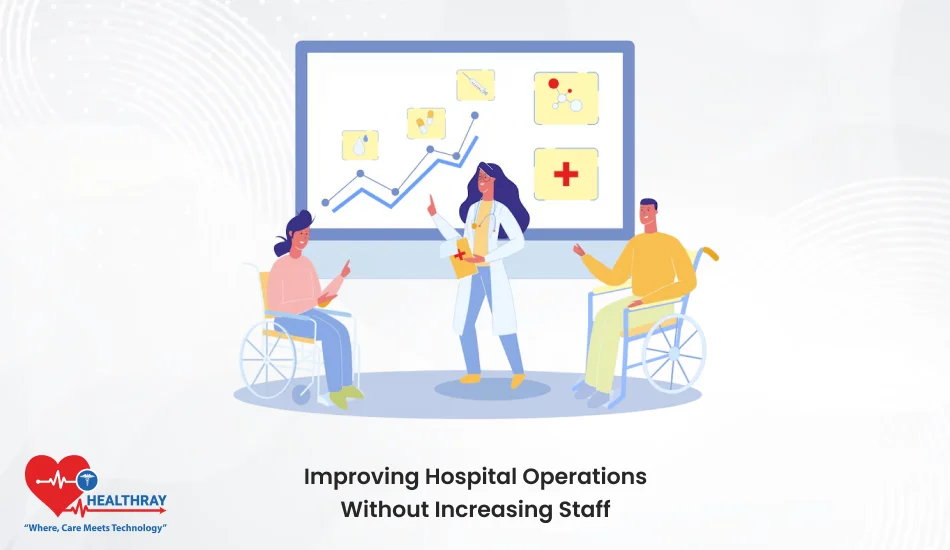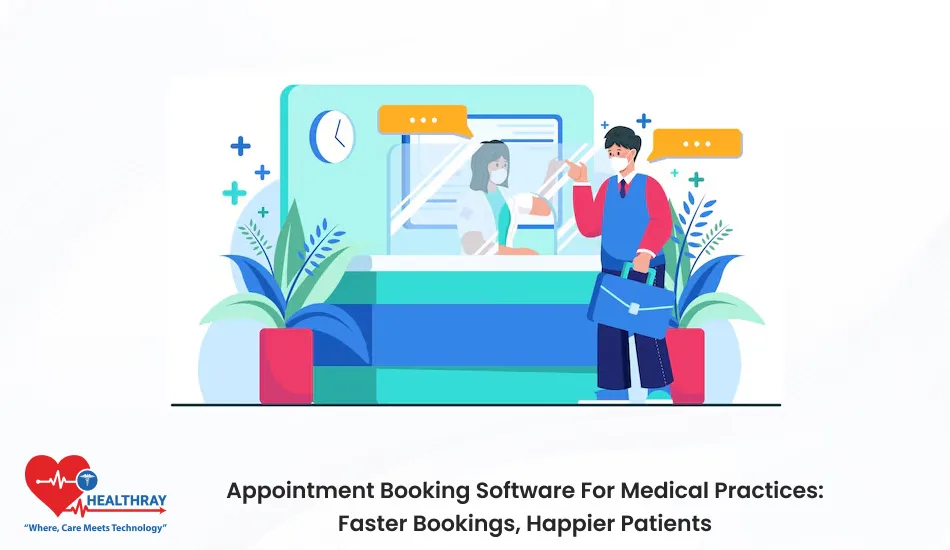Introduction
Current demands for laboratories revolve around data protection and standards of compliance in regulatory affairs. Hence, not only is there a stake to be claimed in the matter but also the stake for the lab manager, for the compliance officer, IT specialist, and even the pathology manager. Safety concerning information has also been concerned, not just the protection of the sensitive data itself but how this information can defend one’s reputation, avoid being penalized, and is synonymous with trust when it comes to scientific research.
How does lab software help? Lab software provides integration with secure data management and built-in compliance support. It can enforce security protocols, streamline audits, assist in the easier fulfillment of regulatory guidelines that include FDA CFR Part and HIPAA. This post will outline some of the core features that make lab software great at enhancing data security while at the same time keeping lab operations efficient.
The Compliance Challenges Laboratories Face

The labs work within very strict regulatory frameworks, thus taking data security and compliance as very serious things. Legislatives such as FDA CFR Part in the U.S., HIPAA concerning patient data, and GDPR within Europe demand the labs to prevent unauthorized access, have accurate records, and have data integrity. Noncompliance will bring in heavy penalties and loss of accreditation, besides hurting a lab’s reputation seriously.
Common Compliance Risks in the Laboratory
Data Breaches: The patient data, the study results of the laboratory, and the proprietary procedures are the valued confidential information. The cyber attacks will probably target these. A breach will apparently lead to legal liabilities and financial loss.
Inadequate access control : it may result in unauthorized access, alteration, or destruction of critical data, hence affecting the integrity of the test results conducted in the lab. This may further lead to compliance breach.
Data Integrity Issues: Clean, undamaged records should be kept in the laboratories. Though direct entry or duplication of data is involved through manual input in heterogeneous systems, there are errors that break the integrity of data, causing compliance gaps.
Core Security Features in Lab Software for Compliance

Of course, lab software needs to be secure, inbuilt, and compliant with a different set of regulatory requirements. With the help of a compliance automation solution, some things labs keep in check when securing and ensuring compliance include:
Encryption of Data
The best defense against data breaches is through encryption. This feature makes the data unreadable unless decrypted with the proper decryption key, so even if intercepted, data remains secure. Look for software that uses industry-standard encryption algorithms to protect data stored and transmitted. Labs that handle sensitive patient or research data rely heavily on this feature to meet HIPAA and GDPR standards.
Role-Based Access Control (RBAC)
It is an ability that allows setting of permission related to access based on an organizational position. It implies that one is blocked from viewing some data or exercising specific functionality if he does not have the right permission. This therefore means that chances of illegally accessing or changing confidential information are stopped. With RBAC, a lab technician can have privileges that are not equal to that of a lab manager; this helps a firm comply with the regulations set out in the law, for instance, the FDA CFR Part 1This type of access control minimizes internal threats.
Audit Trails and Activity Monitoring
A traceable, read-only log of all the actions performed by the system is known as an audit trail. These trace logs check the data access, changes they made, and when they did the action for transparency in meeting requirements for auditing and for transparency in an investigation. The audit trails could trace anomalies down to their source keeping them in a state of integrity and accountability of the data. This also allows them to monitor and detect such unauthorized activity and respond immediately to the incident.
Automatic Data Backup and Recovery
Data loss can be disastrous for labs in case of a system crash, cyberattack, or human error. A software solution with regular, automatic backups and a robust recovery plan ensures that data remains accessible and safe. This will ensure continuity in operations and compliance with requirements for data retention and reliability.
Improving Data Integrity through Centralized Lab Software
In the case of laboratories, data integrity is not only a requirement. There must be a single source of truth in the event of results to be produced that is accurate and reliable. Centralized lab software becomes an important way to ensure integrity as it is what forms one truth. All data is thus stored and handled in one platform; in this respect, the dangers of data spread and redundancy, which would normally lead to inconsistencies and errors, are to be prevented.
The Value of one Access to Truth
Centralized software collects all laboratory information into a single safe and secure location to collect and access. It decreases access but does so with application of security consistently including encryption and controls on access. There is less chance of duplication of data since data will not be spread across various systems, spreadsheets, or local storage places as in centralized management. Consolidation by the laboratories retains records which need to comply with a compliances requirement and keeps credible audit trails.
LIMS Integration
It also retains records on integration to the LIMS/ELN end. Most laboratories use several systems for sample tracking, result documentation, and workflow management. A good quality lab software should be integrated with Laboratory Information Management Systems and ELN so that the data flows from one system to another with a smooth, secure transaction. With integration of such systems, the lab is able to automatically transfer the data without having a manual input error which could possibly compromise the data accuracy.
Maintenance of Data Integrity through Audit Trails
Audit trails are traceable data changes for centralized software. Every and each edit, add, or deletion modification is marked with the timestamp and identification; thereby, it is transparent actions undergone. All these logs shall always stand good to meet all audit requirements, and unknown discrepancies will always be readily found and settled before hitting the ground.
Automation for Compliance and Error Reduction

In a lab, minor mistakes are seen as compliance and, at the same time, false data. Most of them are caused by manual handling and tracking of data. Any laboratory software that supports automation helps labs achieve the goal of compliance with minimal human mistakes.
Replace manual processes with digital workflows.
Digital Workflows
All kinds of digital workflow in laboratory software automate data entry and task management and reporting in the lab. Such flow procedures guide the user through every step of the various lab processes, meaning that it’s less likely to omit a step and make incorrect entries. Also, reducing transcription errors and even providing greater consistency in collected data and reporting is achieved in the process of converting manual processes to automated ones.
Real-Time Monitoring and Alerts
One of the real strong features of automated lab software is real-time monitoring, where labs can set an alert for any unusual suspicious activity, such as a change to critical data files without authorized access attempts. Should any potential security threats crop up, labs can move swiftly to respond, forestalling potential breaches and therefore data integrity. Real-time monitoring also ensures that the labs are complying with the compliance protocols since it provides a continuum of oversight that manual checks cannot match.
Role-Based Task Automation
Role-based task automation also helps lab software to automatically assign tasks, reminders, and alerts based on specific roles. For example, compliance check alerts may always go to the lab manager’s doorstep, whereas a certain testing or inputting jobs go to the technician’s desk. It ensures that every job is in the right hands at the right time, lessening the chance of errors and increasing the possibility of compliance.
Lab software, through automation of key functions, enables labs to be in compliance without even thinking about it, cut down on errors, and focus efforts on the main research and development work activities. Automation does not just make the process easier and faster but also helps in ensuring that the accuracy of the labs meets standards demanded by regulatory requirements.
Evaluating Lab Software for Compliance and Security
It is, therefore, a choice that directly bears on compliance, security of data, and efficiency in the lab. For the compliance officer and the IT specialist and the lab manager, finding a solution that serves regulatory needs and security expectations means asking appropriate questions.
Key Questions to Ask Vendors
When assessing lab software, it is a good idea to ask the potential vendors specific questions to be sure that the solution satisfies your needs. Among the key questions include:
What standards does the software employ for encryption?
Ensuring that the software uses strong, industry-standard encryption for both data in transit and at rest is vital for protecting sensitive information.
Is the software compliant with the main regulatory standards, such as FDA CFR Part 1HIPAA, GDPR?
A software design vendor will be well-versed in such regulations and should be able to affirm the software’s compliance.
What forms of access control and authentication can be supported?
Look for multi-factor authentication (MFA) and role-based access control (RBAC), which limit the access to the data based on roles.
Vendor Support and Security Certifications
A good vendor will provide robust, ongoing support for lab compliance over time, including regular software updates that target emerging security threats and compliance changes. Additionally, software providers with security certifications such as ISO 270or SOC imply commitment to high standards on security and data privacy.
Conclusion
Modern lab software manages not only to improve the working of labs at a daily operation level but is also compliant with security. Software has already been built with data encryption, role-based access controls, audit trails, and real-time monitoring in most modern lab management software to allow for an overarching solution in data management and confidentiality. This is very important for integration into the Hospital Management System so that data can pass between departments smoothly and maintain only one system to care for a patient.





